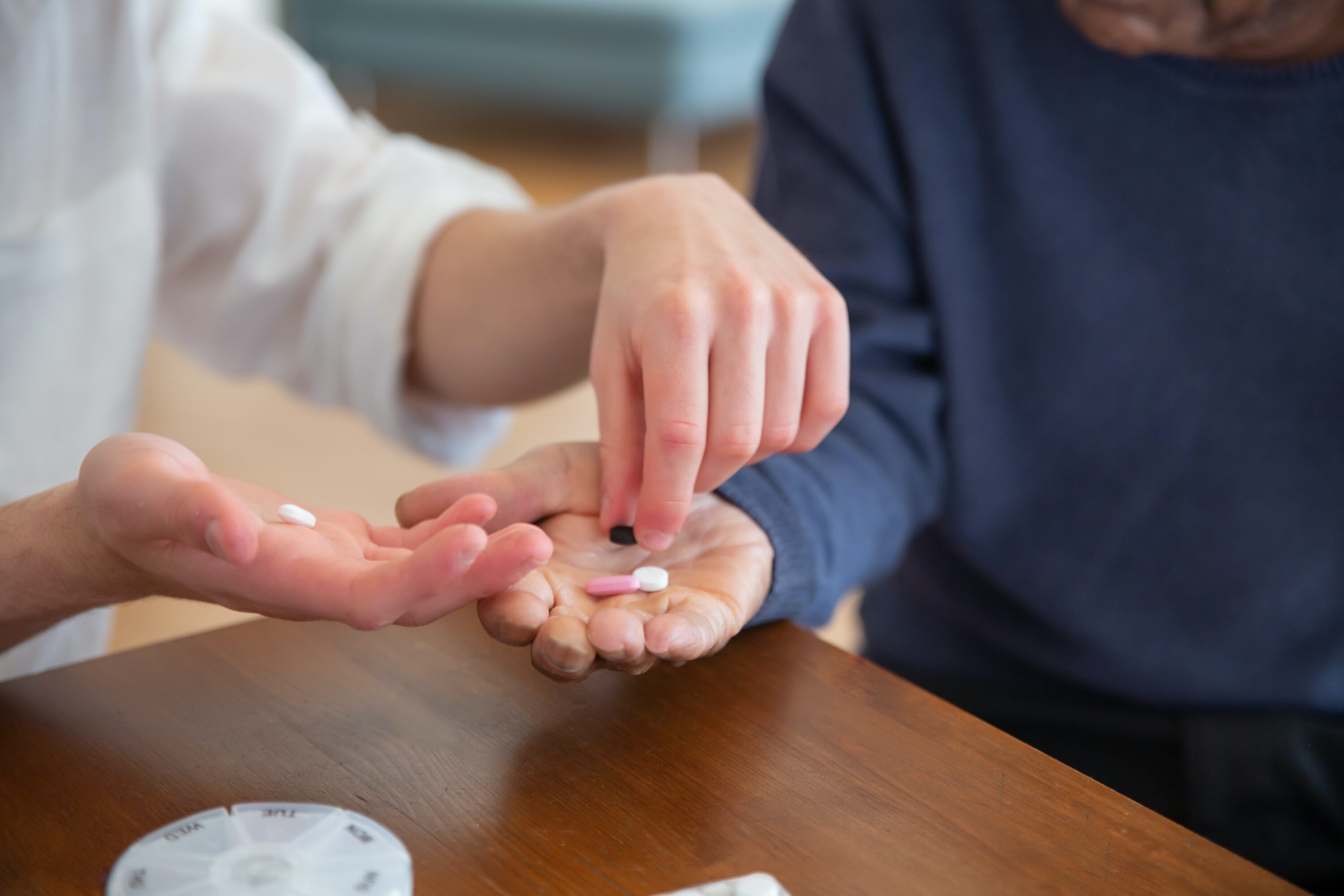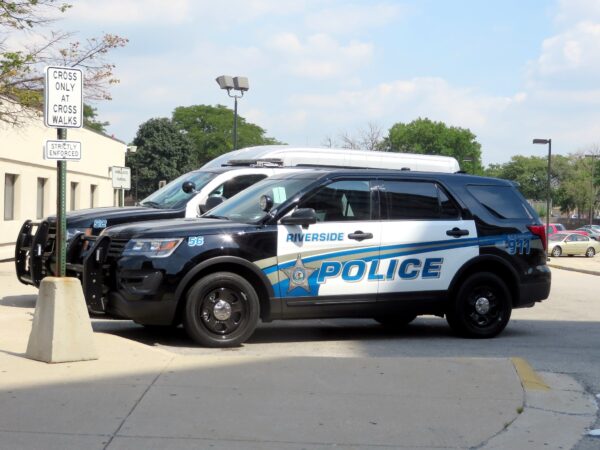Read the remaining stories of our “Empty Bleachers” series here at heysocal.com
- Empty Bleachers: A series on the 2020 experience of local high school athletics
- Empty Bleachers: Coaching through chaos in 2020
- Empty Bleachers: Previous COVID-19 lockdowns continue to impact student athletic programs
The universal difficulties of being a parent are well established. The unrelenting nights of staying awake while your new infant cries until the sun shines the next morning. The “terrible twos” when two-year-olds are first exploring their ability to test their parents’ patience. The early teenage years when the intensity of puberty is matched by the desire to rebel. Yet the need to protect kids will always hold prominence over the brief frustrations that arise from their upbringing.
This was especially true during a global pandemic. Never in modern history have parents had to deal with something so intense and bizarre. No matter the culture of a family or the personality of a child, every parent felt an insurmountable weight on their shoulders.
This was certainly the case for Brad Hensley. He and his wife, Kristin, reside in Carlsbad, Calif. where they raise their son and two younger daughters. Their son had just entered his junior year of high school in 2019 and was eager to train for his senior year football campaign. His daughters, on the other hand, were avid dancers and did so competitively throughout their childhood.
Then March 2020 came around, and everything stood still. The Hensley family thrived most when they were active, but doing so was impossible during that time, as — much like Los Angeles County — San Diego County had strict isolation and social distancing mandates.
Restaurants closed. Schools shut down. Public spaces disappeared. Organized sports dissolved. And for the Hensley household, those absences took a major toll.
“My kids, and every kid for that matter, had no outlets,” Brad Hensley said. “As a parent, I quickly realized that my son and daughters needed to play sports. It was so vital to their psychological, physical and emotional development. Obviously, parents that I knew were saying similar things.”
“And during that period, it went well beyond my family’s circumstances. We are in a loving household, but what about kids who aren’t? A lot of kids aren’t as fortunate and are in socio-economic situations where those lack of outlets were harming them irreparably.”
All Brad and Kristin could do at this time was attempt to raise their kids in a reality that was fully out of their control; deciding to counsel and confront their children through the hardship and hope that those outlets would eventually come back.
They waited, and waited, and waited some more. But the angst in the household got worse, and worse, and worse.
Months later, it reached a boiling point for the Hensleys.
In mid-December 2020, California Governor Gavin Newsom released an update regarding the state’s protocol on youth sports. After months of hopeful news, including the potential return of outdoor, non-contact sports and the possibility of a testing method that would monitor COVID-19 activity amongst teams, Newsom announced the state would mandate yet another delay to youth competition in regard to team sports.
It was considered a wake-up call for the Hensleys. They believed officials didn’t see the importance of having accessible sports as an outlet, and they decided that they wanted to introduce formidable pressure. Brad and Kristin reached out to attorney Ken Elliott, who was also a dear friend, and decided to file a lawsuit against the state of California. They argued that the state’s protocol against youth sports was a violation of the California Constitution’s equal protection clause.
Through the lawsuit, they questioned: if professional and college sports are able to return under certain COVID guidelines, why not youth sports?
It was a firm action that built momentum for them to start a non-profit organization and a movement that defined the rationale of some parents of student-athletes during this time.
On Dec. 31, 2020, Brad, Kristin and Elliot needed to get eyes on their suit and mission. They decided to start a Facebook page that like-minded people could join. The trio was the first to follow, and by the end of the first day, the number of followers reached 50. The following day it was up to 500. By the end of the week, they were up to more than 1,000. At the end of January 2021, it was set at more than 60,000.
Known as “Let Them Play CA,” parents all over the state were joining the page and sharing their own stories regarding California’s shutdown of youth sports. Through Facebook, parents told stories of watching their children face depression; coaches discussed witnessing their players gravitate towards gang-related behaviors on the streets; teachers spoke out about noticing student-athletes giving up on their education. These sorts of anecdotes were more commonplace than ever before.
“At one point, I had a team of 12 monitors, approving every post and monitoring comments, and even then, it was hard to keep up with. We were running this thing 24/7, and the rallies and everything were about as grassroots and pure as it got,” said Hensley.
Throughout January, the group grew bigger due to the continued disappointing developments regarding a comeback. A tier system was in place by the state based on case rate per county, meaning if the tier threshold was met by the county they were eligible to begin playing outdoor sports again. The issue, according to Let Them Play CA and similar advocacy groups, was that the tier system was far too restrictive and made it difficult for counties to begin the transition process.
Additionally, the most frustrating aspect for these parents is that nearly every single state in the United States had already made the transition, and data they were presented with demonstrated that there was a minimal difference in transmission rates between those areas and California — which was the same data that drove the National Federation of State High School Associations to revise its guidelines and disregard the tiered system in February of 2021.
It wasn’t just social media posts that portrayed these frustrations. Groups within the Let Them Play CA bubble would plan rallies — which practiced social distancing and implemented mask requirements — that would see hundreds of people create signs and support all across California.
High-profile people in sports, such as Tampa Bay Buccaneers quarterback Tom Brady, longtime Notre Dame football coach Lou Holtz, Green Bay Packers offensive tackle David Bakhtiari and longtime NFL player James Lofton, supported the non-profit’s stance on a return to youth athletics.
Brad and Kristin’s grassroots community was quickly becoming a Californian phenomenon, and its initial goal of applying pressure to state and city officials was working. In February the San Diego District Court ordered a temporary restraining order against Governor Newsom’s shutdown, and three weeks after, a settlement was reached and both indoor and outdoor sports were welcomed back in California.
After months of being restricted from competing and doing what they truly loved, the Hensleys could once again enjoy athletics, including Brad and Kristin’s son who got to embrace one final year of high school football. Guidelines and social distancing remained during those early stages — but these kids didn’t mind; they were just glad to be back.
A lot of credit for the inevitable return, Brad believes, belongs to Let Them Play CA.
“I don’t know exactly what it was,” Hensley confessed. “Was it the lawsuit? Was it the media pressure? Was it our support from the medical community? Was it support from the legislature? Bottom line is that on Feb. 19, the San Diego District Court gave a temporary restraining order against the governor’s shutdown of youth sports that opened it up. And then within three weeks of that, we reached a settlement to allow both outdoor sports and indoor sports.”
“So, you know, our group would say that without Let Them Play CA, sports wouldn’t have happened when it did,” he went on to proudly acknowledge.
While the transition back to high school sports was generally perceived as a promising development about the state of the pandemic at that time, there remained a wide range of people who were skeptical about the safety of returning to play. Was it truly safe enough to put kids back on the field? Or did pressure from outside parties force officials into making a dangerous decision?
These concerns created fairly widespread criticism against Let Them Play CA. Detractors argued that parents who partook in rallies supporting the nonprofit were COVID skeptics and were perhaps not aware of the impact of the pandemic and how easily it could be transferred. Therefore, supporters oftentimes would fall under the umbrella of conservative thinkers.
Despite the occasional disapproval aimed at Hensley, it never faltered the way he understood his mission for Let Them Play CA.
To him, it was never meant to be a politically motivated group, and he hopes no one who engaged in the community treated it as such. Instead, it revolved around basic human rights; particularly for his children and those within the community.
In Southern California, the Hensleys had to sit back and watch as thousands of kids out of state got to compete again and enjoy what resembled a normal life. It infuriated Brad and Kristin that they didn’t have that option. It infuriated their kids. It infuriated hundreds of local families, who like the Hensleys could do nothing but wait for officials to give the clear.
Let Them Play CA arose from that frustration and wanted immediate action. Yet, here we are nearly two years later since it was founded, and Brad still sees a tremendous future for the nonprofit he helped create despite high school sports no longer facing any COVID-related hurdles.
He is still seeking an answer for exactly what the organization’s identity will be now. But he knows, for certain, that it will not be a space to welcome anti-vaccine or anti-mask jargon. Instead, it will be an outlet to discuss children’s mental health, along with making sure kids always have tools that help get them through any point where they begin to question their purpose or value; something several kids did during quarantine.
“Right now I’m dormant, mainly because there isn’t a cause that is as pure and nonpartisan as the youth rights we were fighting for,” Hensley said. “Everything has changed. The world is very politically charged, and the causes we focused on have quickly turned into something not as pure as what we originally fought for. So, in general, Let Them Play CA views that time as a mission accomplished.”
In 2020, Brad simply bought into a mission that he believed was his responsibility as a parent. He will continue to follow the same instinct moving forward — it just seemed far more difficult, and impactful, when the world was flipped upside down.







